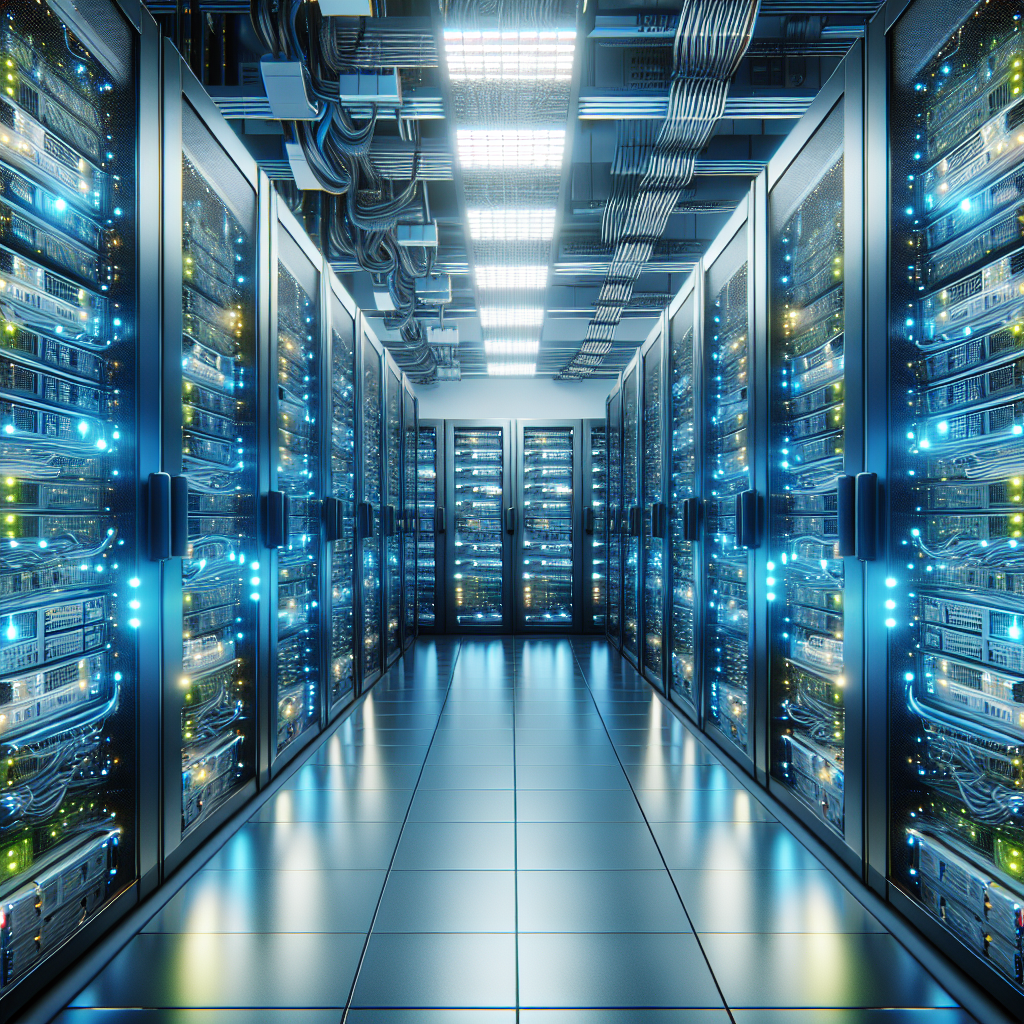Fix today. Protect forever.
Secure your devices with the #1 malware removal and protection software
Data centers are the backbone of modern businesses, housing the servers and infrastructure needed to store, process, and distribute data. As data volumes continue to grow exponentially, optimizing server performance is crucial for ensuring maximum efficiency and reducing operational costs.
There are several strategies that data center managers can employ to optimize server performance and improve overall efficiency. These strategies include:
1. Virtualization: Virtualization technology allows multiple virtual servers to run on a single physical server, maximizing resource utilization and reducing the number of physical servers needed in the data center. By consolidating workloads onto fewer servers, data center managers can improve server performance and reduce energy consumption.
2. Server Hardware Upgrades: Upgrading server hardware, such as processors, memory, and storage, can significantly improve server performance. By investing in the latest hardware technologies, data center managers can ensure that their servers can handle the increasing demands of modern workloads.
3. Load Balancing: Load balancing distributes network traffic evenly across multiple servers, preventing any single server from becoming overloaded. By implementing load balancing technologies, data center managers can ensure that server resources are used efficiently and that workloads are distributed evenly across the server infrastructure.
4. Power Management: Power management technologies, such as dynamic voltage and frequency scaling, can help data center managers reduce energy consumption and optimize server performance. By adjusting the power consumption of servers based on workload demands, data center managers can improve efficiency and reduce operational costs.
5. Monitoring and Management: Monitoring server performance is essential for identifying bottlenecks and optimizing server resources. By using monitoring tools to track server performance metrics, data center managers can proactively identify and address performance issues before they impact business operations.
6. Cooling and Airflow Management: Proper cooling and airflow management are essential for maintaining server performance and preventing overheating. By ensuring that servers are properly cooled and that airflow is optimized, data center managers can improve server reliability and extend hardware lifespan.
7. Software Optimization: Optimizing software applications and configurations can also improve server performance. By tuning software settings, optimizing code, and removing unnecessary processes, data center managers can ensure that servers operate at peak performance levels.
In conclusion, optimizing data center server performance is essential for maximizing efficiency and reducing operational costs. By implementing virtualization, upgrading server hardware, implementing load balancing, managing power consumption, monitoring server performance, optimizing cooling and airflow, and tuning software applications, data center managers can improve server performance and ensure that their data center infrastructure can meet the demands of modern workloads. By continuously monitoring and optimizing server performance, data center managers can ensure that their data center infrastructure remains efficient, reliable, and cost-effective.
Fix today. Protect forever.
Secure your devices with the #1 malware removal and protection software

Leave a Reply
You must be logged in to post a comment.